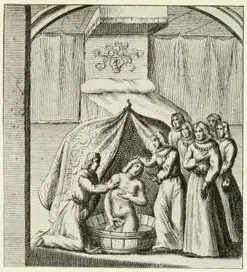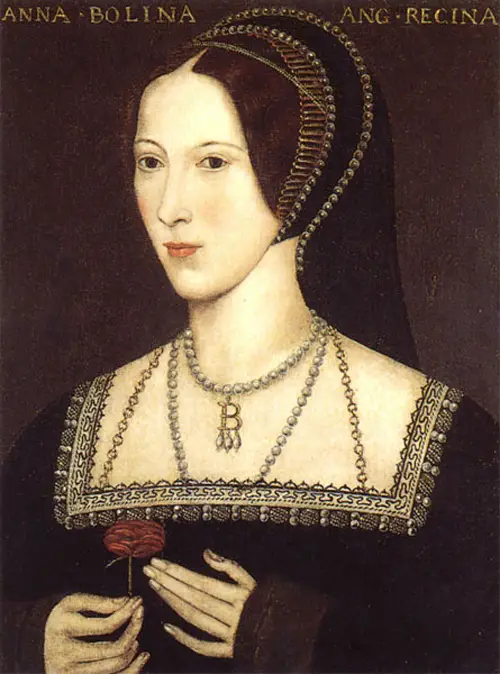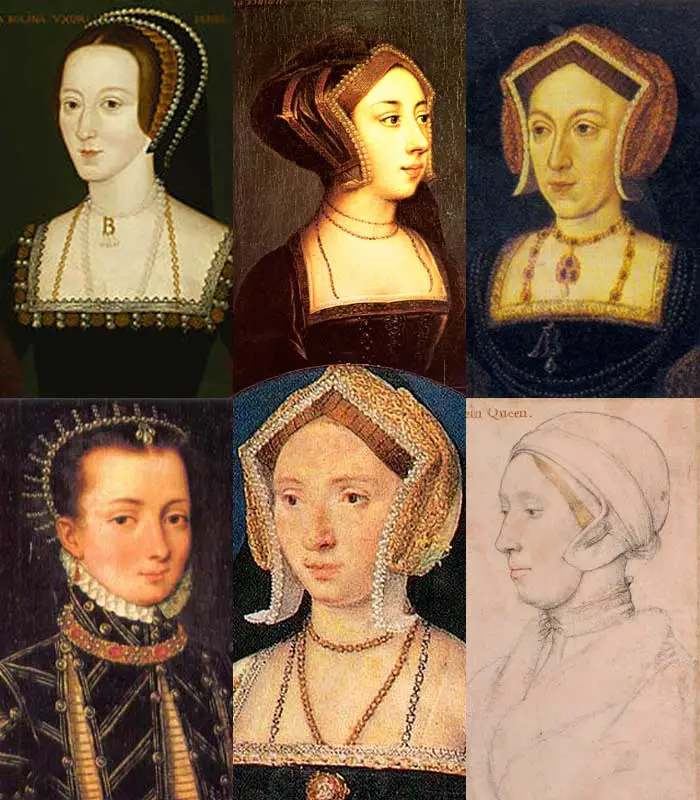 The Most Honourable Order of the Bath was not officially founded as a Chivalry until 1725 by King George I, however its history dates back centuries before this. It is believed that King Henry IV was the original founder of the Order of the Bath, creating several Knights of the Bath upon his coronation. It is believed that the name of the Order came from the fact that the men who were to be newly created Knights had to wash as a part of purification before they were created Knights.
The Most Honourable Order of the Bath was not officially founded as a Chivalry until 1725 by King George I, however its history dates back centuries before this. It is believed that King Henry IV was the original founder of the Order of the Bath, creating several Knights of the Bath upon his coronation. It is believed that the name of the Order came from the fact that the men who were to be newly created Knights had to wash as a part of purification before they were created Knights.
Most ceremonies for the Order of the Bath were only conducted on major occasions, such as the coronation of a new King or Queen, a royal wedding or the instalment of the heir to the throne as the Prince of Wales.
The ceremony to invest a man into the Order of the Bath started the night before the Knighting ceremony. A man who was to be created a Knight was to first enter a bath to wash themselves and rid their bodies of any impurities, this washing has its basis in the idea of baptism to wash the sins of the soul away. Once they were bathed they were then carefully dried and dressed in a robe. They would then progress to the chapel to stay vigil overnight. Once dawn approached the future Knight would then hear mass and make his confessions. Once this was completed the future Knight would then be presented before the King. Kneeling, the man would be presented with his Knight spurs, a belt for his waist and the King would then tap the man upon the head with his hand or a sword and thus the man was created a Knight of the Bath. However in 1815, Prince George, the future King George IV, abolished the need for ritual bathing and vigils before the Knighting ceremony.
Initially only the King and those showing high military service to the Sovereign were entitled to be inducted into the Order of the Bath, however over the years those showing exemplary civil service were also allowed into the Order. In 1971 women were allowed into the Order for the first time. Nowadays there are several levels within the Order of the Bath. There are the Knights of the Bath and Dame Grand Cross of the Bath then Knights Commander and Dame Cross Commander, and then Companions of the Bath. Knights/Dames Grand Cross and Knights Commander and Dames Cross Commanders are entitled to use the title ‘Sir’ and ‘Dame’.
The stalls of the Knights of the Bath and the Dames Cross of the Bath are located within the Henry VII Chapel in Westminster Abbey. Above their stall each Knight/Dame is able to display their own banners, crests and arms.
King Henry VIII was inducted into the Most Noble Order of the Bath at just three years of age. Before the traditional ceremony could even start the young boy, barely older than a toddler would have been taught the oath of fealty which he would have had to learn by heart. In addition to this he would have had to have had special robes made for the induction as well as being taught how to stand for hours and to show his silent respect for the Order.
On Wednesday 29th of October young Henry Tudor rode through the streets of London to Westminster Palace on a mighty warhorse. Keeping in mind that he was only three years of age at the time it is said that he impressed all those that he passed. The next day on the 30th of October the ceremony officially began. First the young Prince participated in a small dinner for his father the King. It was his responsibility to help his father wash his hands before and after the meal. Once his hands were washed Henry would have handed the King a white cloth to dry his hands. Once the meal was completed Henry was then taken to the King’s chamber were a wooden tub lined with white cloth was waiting for him. Twenty two other men were also being inducted into the Order that night and their wooden tubs were lined up within the Parliament Chamber, except for Lord Harrington and Lord Fitzwarren who had their tubs in the Queen’s closet. Once in the warm water John de Vere, the Earl of Oxford and the Great Chamberlain of England came forward and read the rules and responsibilities of a Knight of the Bath. After this the King entered and dipped his fingers into the water and made a sign of the cross on his son’s right shoulder before kissing the mark. The King then exited the room to repeat the ritual with the other future Knights.
Next Henry was taken from the bath, dried and dressed in coarse robes. He was then lead to St Stephen’s Chapel within Westminster where he and the other men confessed their sins and received absolution from the chaplains before hearing mass. Once this was completed Henry was allowed to return to his bed and sleep for a few hours.
In the early hours of the morning the three year old boy was awoken and with the other soon to be Knights rode to Westminster Hall. Once there Henry was carried by Sir William Sandys and presented before the King. Next little Henry had the right spur attached to his heel by the Duke of Buckingham and the left spur attached by Marquis of Dorset. The King then came forward and knighted his son with his sword. Out of love it seems the King then picked up his young son and placed him on a table for all to see.
The very next day on Saturday 1st of November 1494 young Henry Tudor was created Duke of York in a lavish ceremony. Then on the 17th of May 1495 Henry was created a Knight of the Garter, the highest Order of the time. It would seem that Henry VII was trying to cement his legacy.
Sources
- Hutchinson, R 2011, Young Henry The Rise of Henry VIII, Phoenix, London.
- Loades, D 2011, Henry VIII, Amberley Publishing, Gloucestershire.
- Order of the Bath 2015, The Royal Household, viewed 7 February 2015, http://www.royal.gov.uk/MonarchUK/Honours/OrderoftheBath.aspx
- The Editors of the Encyclopaedia Britannica 2015, The Most Honourable Order of the Bath, Encyclopaedia Britannica, viewed 7 February 2015, http://www.britannica.com/EBchecked/topic/55892/The-Most-Honourable-Order-of-the-Bath.
Sarah Bryson is a researcher, writer and educator who has a Bachelor of Early Childhood Education with Honours and currently works with children with disabilities. She is passionate about Tudor history and has a deep interest in Mary Boleyn, Anne Boleyn, the reign of Henry VIII and the people of his court. Visiting England in 2009 furthered her passion and when she returned home she started a website, queentohistory.com, and Facebook page about Tudor history. Sarah lives in Australia, enjoys reading, writing, Tudor costume enactment and wishes to return to England one day. Sarah is also the author of the forthcoming book Mary Boleyn: In a Nutshell.



Leave a Reply